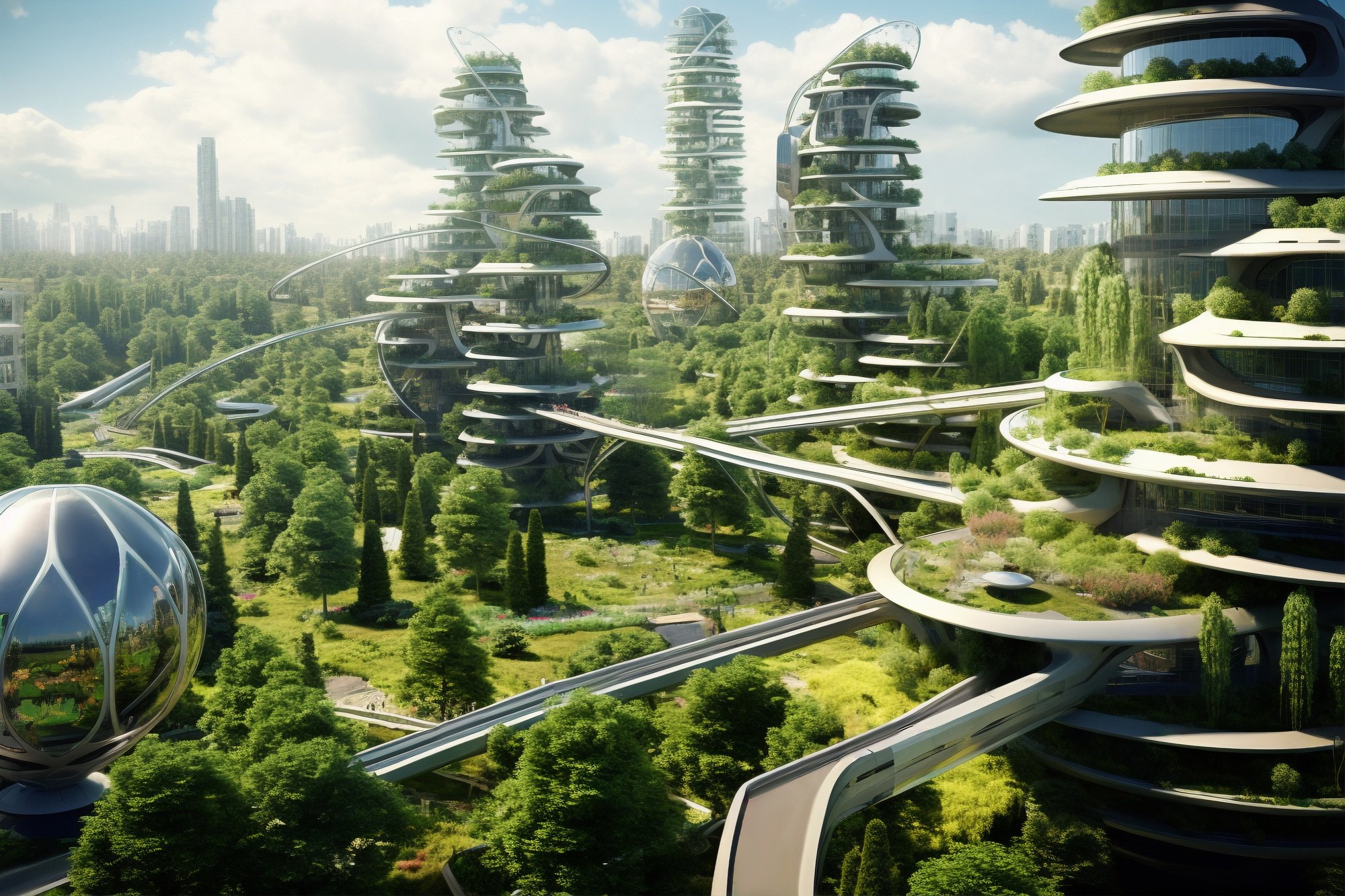Paving the Way for Greener Cities: EU’s Landmark Nature Restoration Law
In a stride towards environmental sustainability, the European Union (EU) has recently reached an agreement on a nature restoration law to rejuvenate 20% of the EU’s land and seas by 2030. Furthermore, it aims to restore 90% of degraded habitats by 2050. Fueled by a need to protect biodiversity and ecosystems, this decision got me thinking: what will the EU cities of the future look like?
The Urban Green Revolution
This new EU law creates a significant shift in urban planning and development. Cities, which are often concrete jungles, are now looking at a future where green spaces, biodiversity, and sustainability are at the forefront of urban design. Integrating nature in city planning is thus not just an aesthetic choice but one necessary for healthier, more resilient urban environments.
The Benefits of Nature-Rich Urban Areas
Healthier Ecosystems
As you can imagine, cities with rich biodiversity become healthier ecosystems. They offer clean air, reduced heat islands, and a better quality of life. Green spaces are not just lungs for the city but also crucial habitats for wildlife.
Sustainable Living
This new legislation pushes cities to adopt sustainable practices. This includes creating more green corridors, promoting urban farming, and ensuring that natural resources are used responsibly. Ultimately, sustainable cities are better equipped to face the challenges of climate change.
Improved Community Well-being
Nature in urban areas profoundly impacts mental health. Parks, gardens, and natural landscapes offer residents places for recreation, relaxation, and a connection with nature. All of this fosters a sense of community and well-being.
Now, to Implement the Vision
Transforming this vision into reality requires a collaborative effort between city planners, governments, and communities. Here’s how I imagine that can take place:
Innovative Urban Planning
Urban planners must innovate to integrate green spaces into city landscapes seamlessly. This could mean designing multi-functional parks, green roofs, and wall gardens and prioritising pedestrian pathways over car-centric streets.
Policy and Governance
Governments play a pivotal role in implementing this law. This includes providing funding, incentivising green projects, and ensuring that new developments adhere to sustainable practices.
Community Involvement
Local communities must, of course, also be involved in the process. Community engagement will always remain the key to successful implementation, from participating in local green initiatives to advocating for more green spaces.
Final Thoughts
The EU’s nature restoration law is more than a set of targets; it’s a blueprint for the future of urban living. As European cities embark on this green transformation, they become models for sustainable urban development worldwide. These cities will not only be more resilient to environmental challenges but also more livable, vibrant, and connected to nature. Now, let’s get started!


